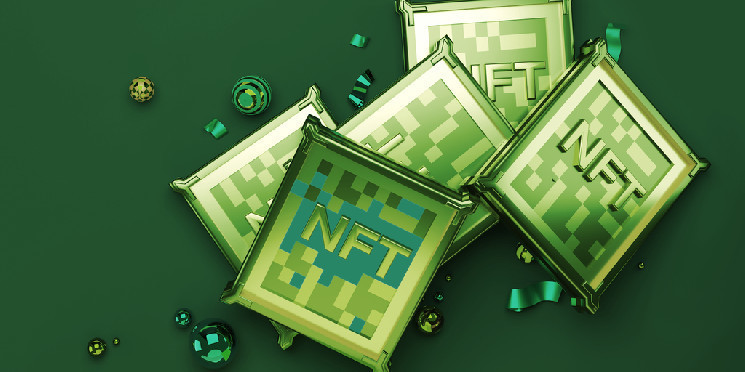The NFT market surged in February, topping $2 billion in total trading volume per data from DappRadar—a 117% increase from the previous month. And that momentum remained nearly intact into March, with data showing only a slight dip to under $2 billion.
Market-wide data from DappRadar, supplemented with additional on-chain data from Dune, points to just over $1.95 billion worth of trading volume in March, down about 4% from the February total of $2.04 billion.
The vast majority of that trading volume again came from Blur, with nearly $1.35 billion worth of Ethereum NFT trades on the marketplace, up slightly from about $1.32 billion in February. Blur trading activity surged in mid-February when the marketplace launched its BLUR reward token, which has incentivized mass flipping from “whale” traders—that is, traders who hold large positions in a given collection and act as so-called market makers.
The surge in trading volume, and the resulting boost in overall NFT market sales, has raised questions over whether such trading activity should be categorized as “manipulated” or even “wash trading,” as data platform CryptoSlam has done. DappRadar counts it as legitimate trading, however, and the trend has continued with more token rewards promised for users.
OpenSea, still the leading NFT marketplace in terms of total unique wallets, logged about $424 million worth of trading volume in March, down from $587 million in February. Overall, Ethereum NFT trading was nearly even in March—from $1.81 billion in February to $1.82 billion.
Along with the slight dip in total March trading volume, fewer NFTs were also sold compared to February. Data from DappRadar and Dune collectively point to about 5.8 million total NFTs sold in March compared to almost 6.5 million NFTs in February. Despite February’s massive surge in trading volume, even more NFTs (over 6.6 million) were sold in January.
February’s $2.04 billion tally was the largest monthly total for NFT trading volume since May 2022, when the market sank amid the collapse of Terra’s crypto ecosystem.
But with so much volume still tied to Blur’s rewards scheme, which is dominated by a small number of whale traders, it’s debatable whether the recent rise in NFT market sales is really “organic”—let alone sustainable, should the allure of token incentives fade.
 decrypt.co
decrypt.co
